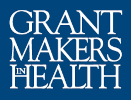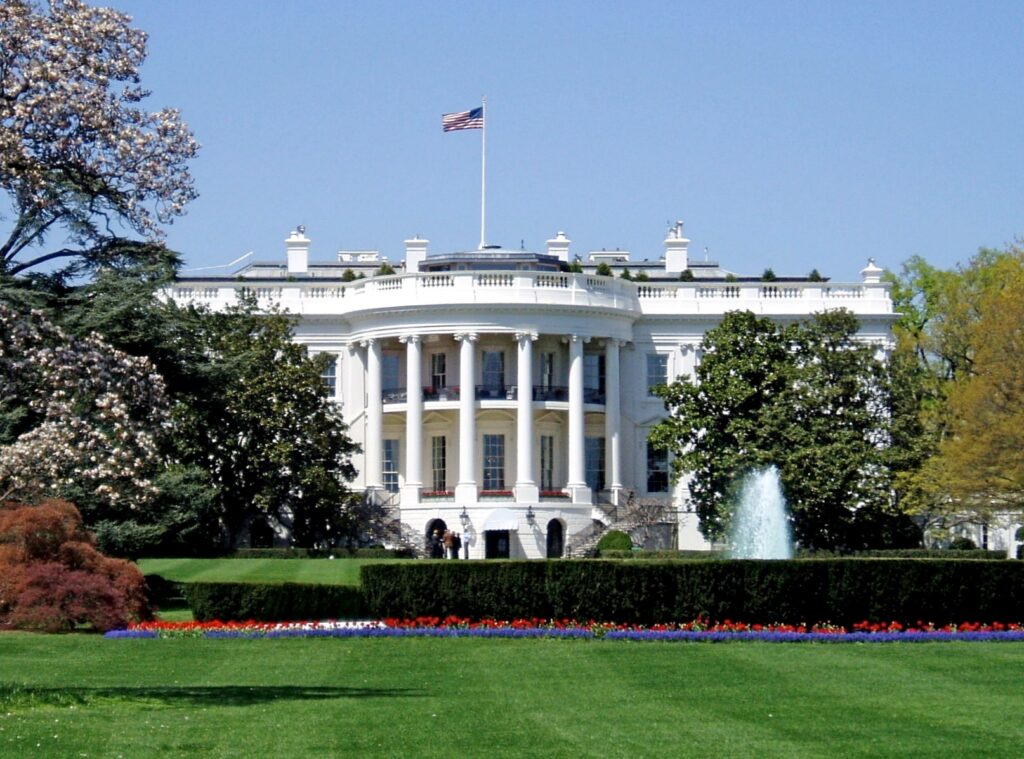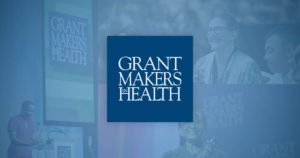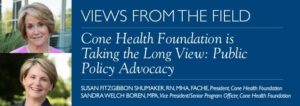The Final Reconciliation Package: Implementation of Key Provisions
On July 4, 2025, H.R. 1, the One Big Beautiful Bill Act, was signed into law. The implementation dates for key health care provisions in the law vary, with some taking effect immediately upon passage and others being implemented over several years. This resource details key dates for the implementation of the law’s most significant health care provisions.
Deadlines in Health-Related Executive Orders and Presidential Memoranda
This GIH policy resource details many of the health-related executive orders issued by the administration and includes a calendar of upcoming deadlines for when those orders are expected to be implemented.
Beyond the Exam Room: Impacting Health Outcomes Through Civic Engagement
August marks Civic Health Month, a time to showcase the link between voting and health and celebrate efforts that ensure every voter can support their community’s health at the ballot box. At the same time, the United States is grappling with a health care system ranked 37th globally despite consuming 17 percent of the country’s GDP. With 26 million Americans uninsured and 43 million underinsured, the gap in access to care continues to widen. This crisis will deepen as critical ACA subsidies expire at the end of 2025, potentially leaving 3.8 million more Americans without coverage, in addition to new federal cuts to Medicaid and changes to how coverage is accessed through the health insurance marketplace, which could result in as many as 20 million Americans losing their health insurance.
New York State Health Foundation Report: September 2018
A single-payer health care plan could expand coverage for all New York State residents, but would require significant new tax revenue, according to an analysis released by the RAND Corporation and the New York State Health Foundation.
Healthcare Georgia Foundation Publication: CATALYST
Healthcare Georgia Foundation introduced the Summer 2018 edition of CATALYST, its new, quarterly interactive online magazine.
Appalachian Regional Commission Report: September 2018
Three new resources released by the Appalachian Regional Commission (ARC), the Robert Wood Johnson Foundation (RWJF), and the Foundation for a Healthy Kentucky offer a fresh approach to understanding health in Appalachia by focusing on community strengths and identifying local factors supporting a Culture of Health.
Episcopal Health Foundation Report: September 2018
More than 1 million Texans have activated their Affordable Care Act (ACA) health insurance in 2018 – a 5 percent increase from 2017. That’s just one of the findings of an Episcopal Health Foundation (EHF) analysis of new ACA health insurance enrollment data released by the Centers for Medicare & Medicaid Services (CMS).
Grantmakers In Health Announces Call for Nominations for Andy Hyman Award for Advocacy and Terrance Keenan Leadership Award in Health Philanthropy
Grantmakers In Health is pleased to announce a call for nominations for both its Andy Hyman Award for Advocacy and Terrance Keenan Leadership Award in Health Philanthropy.
Cone Health Foundation is Taking the Long View: Public Policy Advocacy
To date, Cone Health Foundation has made grant investments of $86 million, spread over 1,500 grants in four priority areas (access to care, adolescent pregnancy prevention, HIV, and mental health and substance use disorders).




